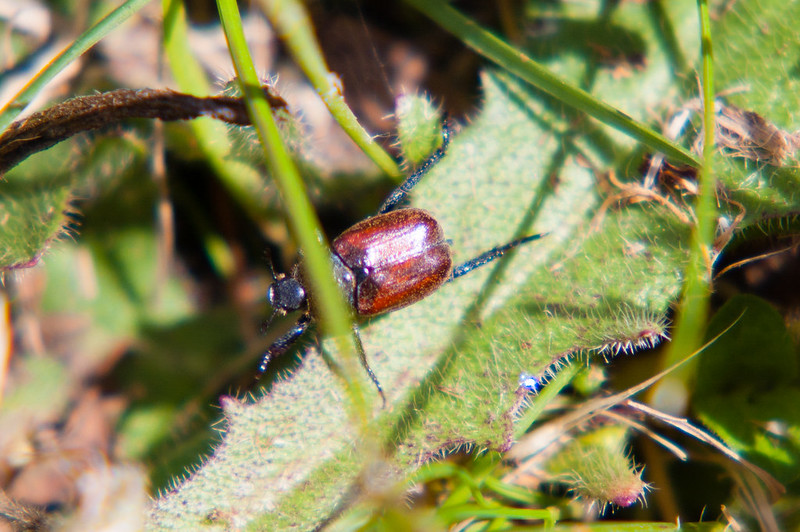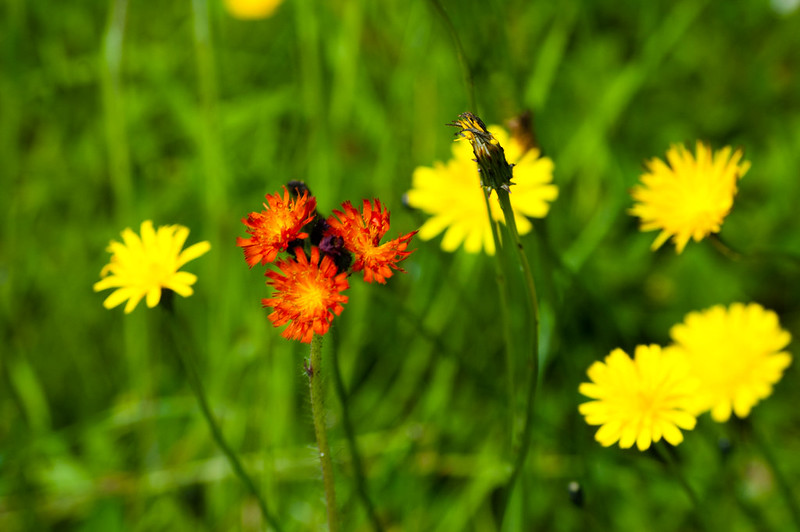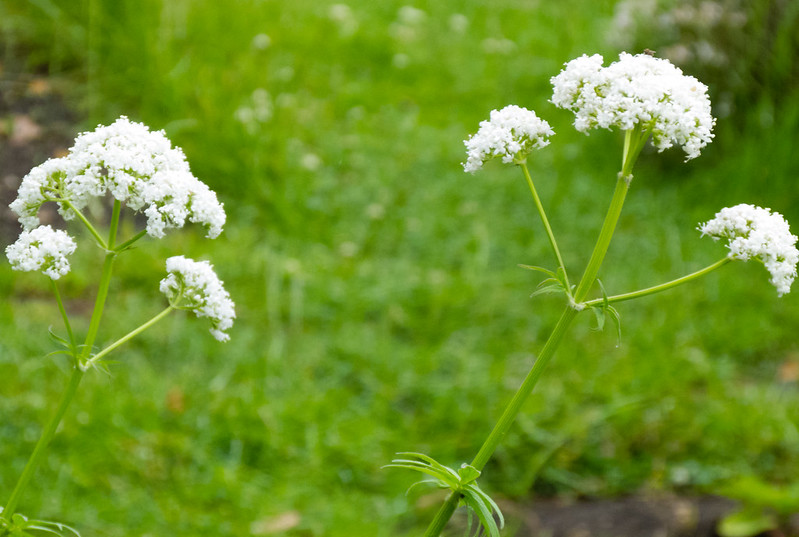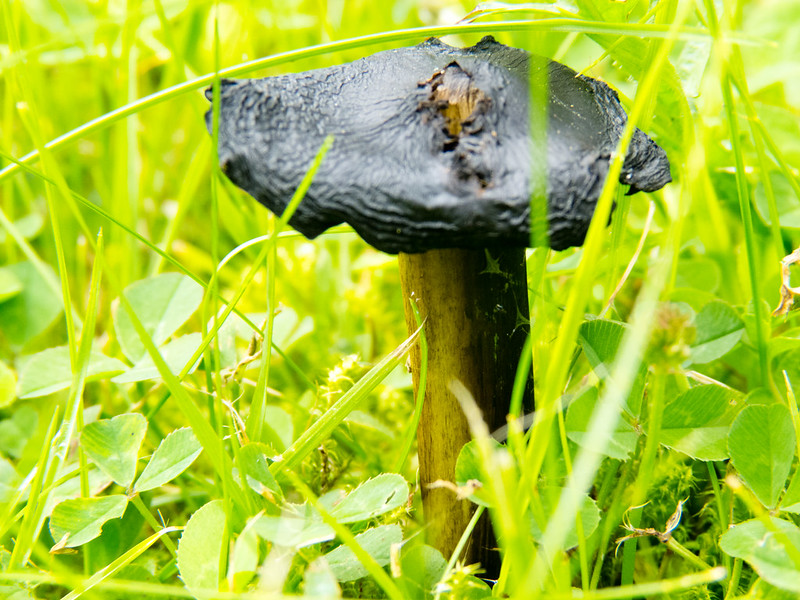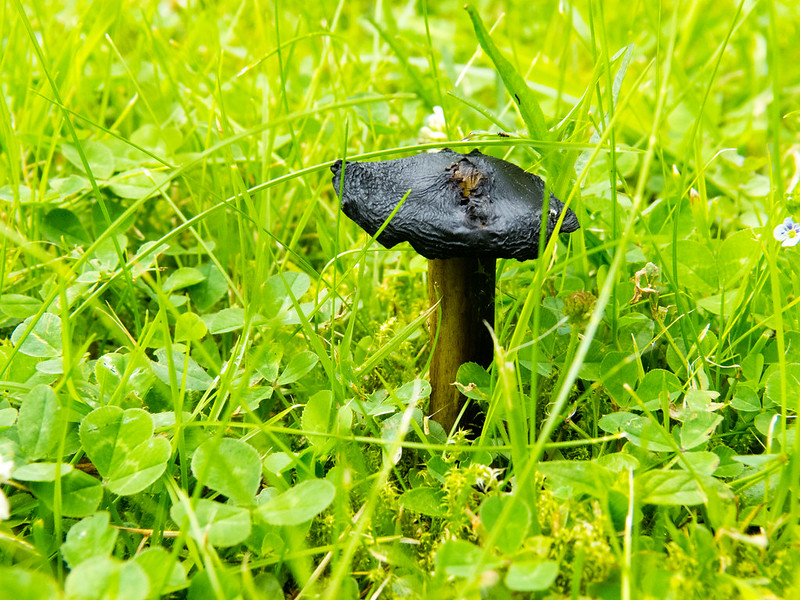Three views of the same plant. Even the flower buds are spiky on some thistles!
Author: David
Cherries ripening, East Park
Woody nightshade berries beginning to ripen
Berries beginning to ripen – and it isn’t autumn yet, whatever the weather.
It wasn’t long since the same plant was flowering.
Beetle scurrying
Mistle thrushes, East Park
Hawkbits
A few cultivated (or escapee) hawkbits were growing on a lawn which was being taken over by wild ones.
The wild plant has yellow flowers, one to a stem. Cultivated varieties tend to the orange. They are sometimes, as here, yellow towards the centre of the flower, may have smaller flowers and more than one per stem.
Ear fungus on a dead bough
Valerian flowering
Some blackening waxcaps
Blackening waxcaps are small mushrooms which change colour from an ocherous yellow to black. The process has just begun on the first fungus.
These are somewhat further down the road.
From here, the toadstools are well on the way to complete blackening.
They are small enough to be half-hidden in short grass, as are other waxcaps.
These were in the lawn of flats near to West Park.





